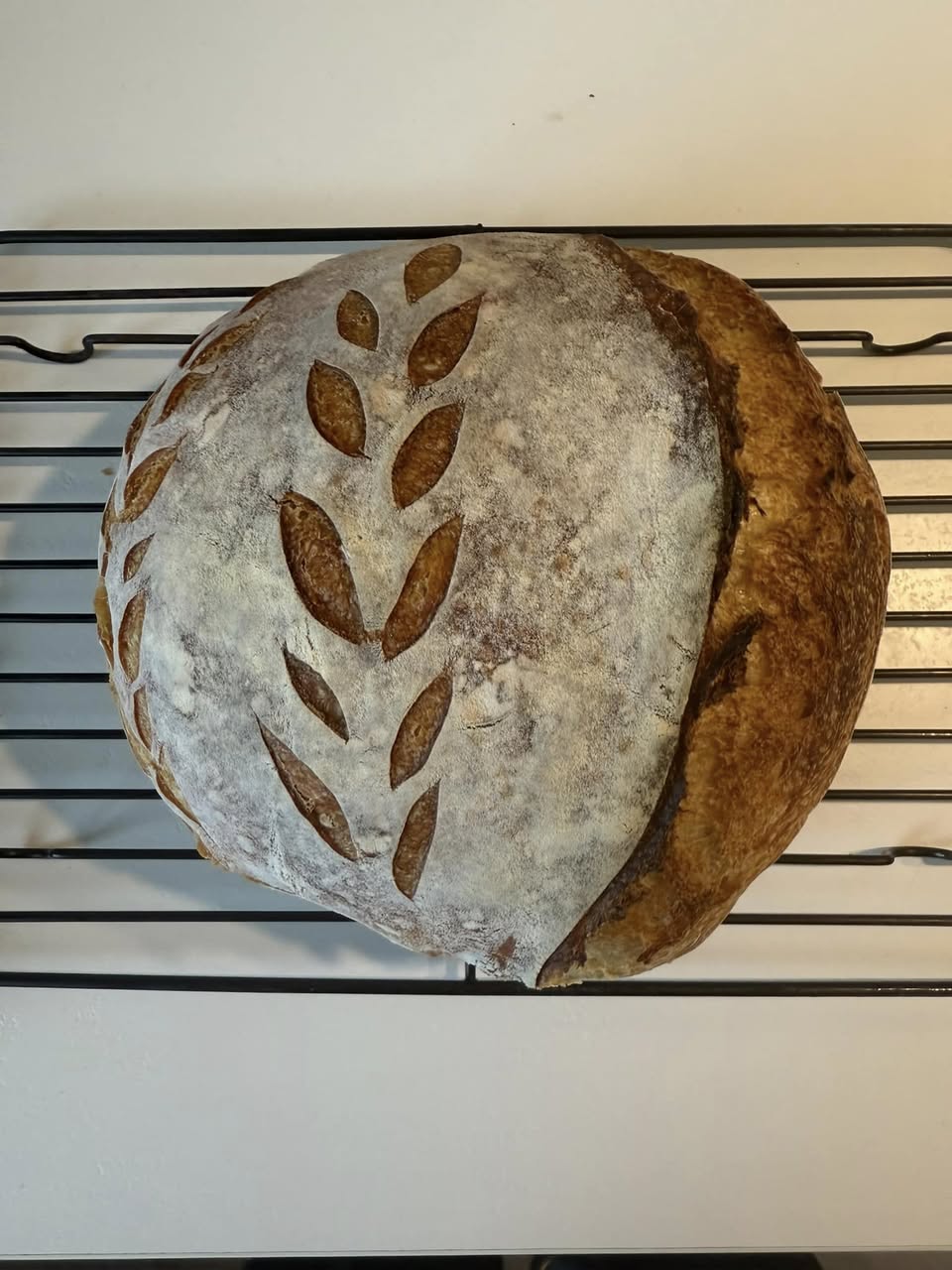- Steam Capability:
For artisan breads, a built-in steam function is invaluable. It allows for professional-grade crust development. - Temperature Range:
Bread baking often requires high temperatures. Look for ovens that reach 500°F or higher. - Size and Capacity:
Consider the size of the loaves you plan to bake. A larger oven allows for more versatility. - Stone or Steel Base:
A stone or steel baking surface mimics traditional hearths, providing even heat and a perfectly crisp base.
Tips for Baking in a Bread Oven
- Preheat Thoroughly:
Always preheat your bread oven to ensure consistent results. For wood-fired ovens, allow the heat to stabilize before baking. - Use a Baking Stone:
If your bread oven doesn’t have a built-in stone, invest in one for better heat retention and crust development. - Control Humidity:
If your oven lacks steam capabilities, create steam by adding a pan of hot water to the oven during the first few minutes of baking. - Score Your Dough:
Use a sharp blade to score the surface of the dough before baking. This allows for controlled expansion and beautiful patterns. - Monitor the Crust:
If the crust darkens too quickly, tent the bread with aluminum foil partway through baking.
Why Bread Ovens are Worth It
Bread ovens elevate the bread-making process, producing loaves that rival those from professional bakeries. With their ability to maintain consistent heat, control humidity, and replicate the conditions of traditional hearth baking, they are essential for serious bread enthusiasts. Whether you’re crafting a simple sandwich loaf or an intricate artisan bread, a bread oven can make all the difference.
Investing in the right bread oven not only enhances your baking but also transforms the experience into a delightful art form.
